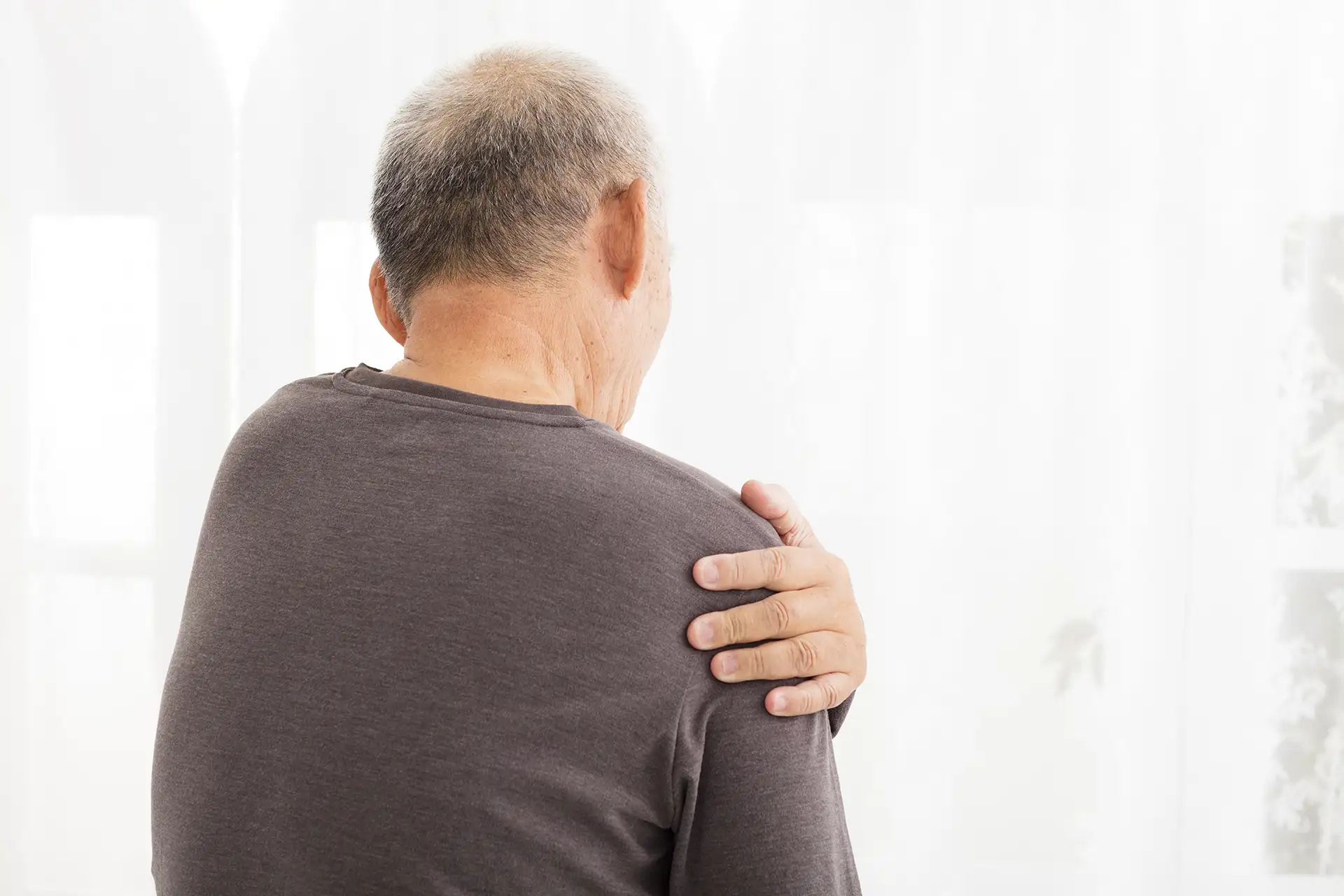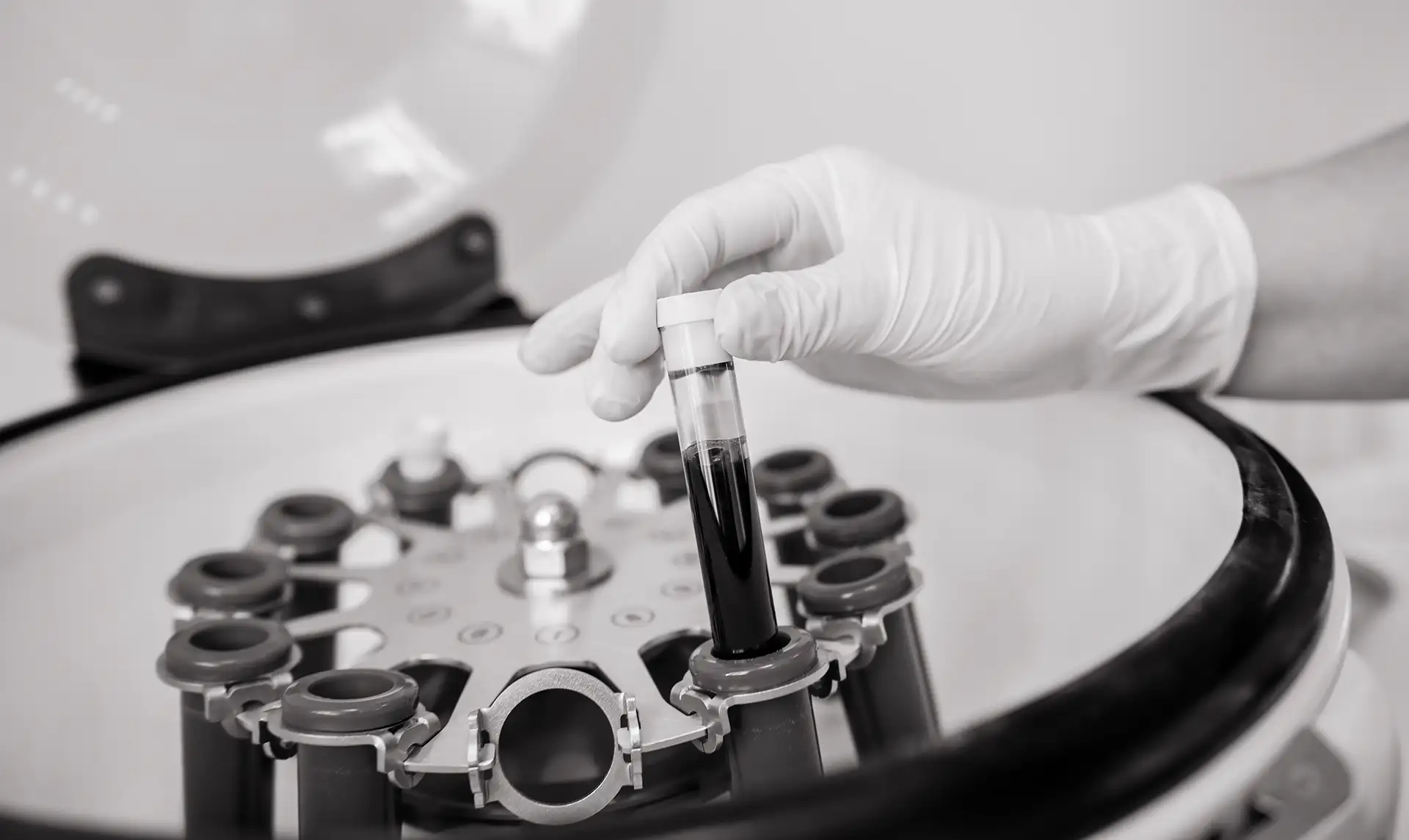Facing common knee injuries from skiing can derail your winter sports plans. This post lays out the key culprits: ACL and MCL injuries, and meniscus tears. It also arms skiers with preventive strategies and post-injury actions. Read on to learn how to keep your knees safe on the slopes.
Key Takeaways
- Knee injuries, specifically ACL tears, MCL strains/tears, and meniscus tears, are common among skiers due to motions such as sudden twists or pressure applied to the knee, highlighting the need for early detection and appropriate treatment.
- Preventative measures including maintaining physical fitness, ensuring proper equipment fit and function, and employing proper skiing techniques are crucial to reducing the risk of knee injuries while skiing.
- In the event of a knee injury, seeking immediate assistance from a knee specialist is paramount for accurate diagnosis and effective treatment, with physical therapy playing a significant role in recovery.
Discovering the Most Frequent Knee Injuries on the Slopes
As thrilling and exhilarating as skiing may be, it also comes with its own set of risks, including skiing injuries. Among these, knee injuries stand out due to their prevalence and potential severity. The injuries most commonly seen on the slopes are MCL injuries and ACL ruptures, which are types of ligament injuries. MCL injuries account for approximately 15-20% of all injuries and 60% of all knee injuries in skiers, while ruptures of the anterior cruciate ligament (ACL) occur in approximately 15-21% of knee injuries among skiers.
These injuries, often affecting an injured leg, can result from various scenarios where injuries occur, such as sudden twists, falls, or even improper equipment. The symptoms can vary but often include pain, swelling, and a feeling of instability in the knee. Early detection of these symptoms and the pursuit of appropriate treatment play key roles in damage control and recovery facilitation.
Next, we will delve into the most frequently encountered skiing-related knee injuries, which often involve damage to the knee cartilage: ACL tears, MCL strains and tears, and meniscus tears.
Navigating ACL Tears: Understanding Risks and Symptoms
ACL tears, also known as acl injury, are unfortunately a common occurrence on the ski slopes. This injury often results from excessive movement or twisting of the knee joint, such as during sudden changes in direction, abrupt stops, or improper landing from a jump. The most common symptom of an ACL tear is a distinct popping sound or sensation in the knee, followed by intense pain and an inability to continue skiing.
One should be aware that ruptures of the anterior cruciate ligament (ACL) rank as the principal knee injury among recreational alpine skiers. Falls and accidents while skiing are often the culprits behind these injuries. Hence, mastering correct skiing techniques and adopting preventive measures can notably reduce the risk of ACL injuries.
The Lowdown on MCL Strains and Tears
Another common injury among skiers is an MCL strain or tear. The medial collateral ligament (MCL) is located on the inside of the knee and can be strained or torn due to excessive pressure or impact that stretches the ligament. This type of injury often results in discomfort on the inner side of the knee along with swelling.
Interestingly, the snowplow technique, a common skiing stance where ski tips are pointed towards each other, can lead to MCL strains and tears. This happens when a skier falls while in this stance, exerting a substantial force on the back of the boot and causing pressure on the calf. This subsequently leads to sprains.
Moreover, when the knees are turned inward during the execution of the snowplow technique, a common scenario, the MCL is prone to strains or tears.
The majority of MCL injuries will heal without surgery, but do require appropriate treatment. This treatment includes not only early diagnosis but protection of the knee with a suitable brace that will protect it while it heals.
Recovery from a Grade II or III MCL injury can take months in order to get back to vigorous activity. This is one injury that responds very well to treatment with Platelet Rich Plasma (PRP) injections. PRP is created from concentrating the Platelets from your blood sample. This can be injected into the zone of injury and has been shown to significantly reduce the time to full recovery. A study involving NFL players showed a 50% reduction in time to return to play.
Meniscus Woes: Twists and Turns That Lead to Tears
Meniscus tears are another common knee injury among skiers. These injuries can occur when there is a sudden twist or rotation of the knee, particularly when pressure is applied to the knee while it is bent or during a squatting motion. Actions like forceful pivoting or improper dismounting from a ski lift can also lead to a meniscus tear.
When a meniscus tear occurs, the knee can present with the following symptoms:
- Feeling wobbly or unstable
- Difficulty in bearing weight on the knee
- Popping sensation during the injury
- Swelling and pain
Diagnosing a meniscus tear involves a thorough physical examination and imaging tests such as x-rays and MRI.
Essential Prevention Strategies for Ski-Related Knee Injuries
Knowing the common knee injuries that can occur while skiing is just half the battle. The other half involves taking preventive measures to protect your knees. After all, prevention is always better than cure. This involves maintaining good physical fitness, ensuring that your equipment is properly fitted and functioning, and employing safe skiing techniques on the slopes.
Maintaining physical fitness is a major factor in helping to prevent knee injuries. Better fitness levels are associated with lower injury rates, and maintaining muscle strength and power is crucial. This is especially important for protecting knee ligaments and other structures in the knee. Flexibility is also a key factor in reducing the probability of ski-related knee injuries. Keeping up adequate flexibility and muscle strength can notably diminish your likelihood of injury.
Fitness First: Strengthening Exercises for Skier’s Knees
For skiers, fitness and strength training are essential to protect their knees on the slopes. By targeting specific muscle groups, you can offer the required stability and support during skiing.
The muscle groups that skiers should focus on strengthening include:
- Core muscles
- Gluteals
- Quadriceps
- Hamstrings
- Hip abductors
These muscle groups play a critical role in maintaining knee stability and reducing the likelihood of injury.
To adequately prepare the knees for skiing activities, skiers should engage in strength exercises at least 3 times per week, starting 4 to 6 weeks before their first ski run.
Gear Check: Ensuring Equipment Fits and Functions
Irrespective of your fitness level, improperly fitted or malfunctioning skiing equipment still leaves you vulnerable to knee injuries. Checking that your ski boots, bindings, and ski length align with your body measurements and proficiency level is key to reducing the risk of injuries.
It is recommended to check and adjust ski bindings at least once a year, and more frequently for aggressive skiers. Watch out for indications of malfunctioning ski equipment, such as:
- Loss of structural integrity due to multiple drilling of binding screws
- Warped bases
- Rock damage to steel edges
- Torn or peeling topsheet
- Worn thin bases
On-Slope Wisdom: Techniques and Tips for Safer Skiing
Aside from maintaining physical fitness and using appropriate equipment, your skiing style also significantly affects your susceptibility to knee injuries. Common errors skiers make that could lead to knee injuries include:
- Imbalances in muscle strength
- Skiing beyond their fitness and skill level
- Not maintaining proper form (knees bent, hips above waist, arms forward)
- Using incorrect skiing techniques
Keeping the correct form is vital for safe skiing and can aid in preventing knee injuries. This involves keeping the knees bent, hips above the waist, and arms forward. To minimize the risk of knee injuries, skiers should focus on strengthening their muscles prior to skiing, incorporating warm-up routines on ski days, and engaging in exercises that enhance knee stability.
When Injury Strikes: Steps to Take Following a Knee Incident on the Slopes
Despite taking all the necessary precautions, accidents can still happen. Should you encounter a knee injury while skiing, remain calm. Detecting signs of a knee injury is vital. These signs may include:
- Feelings of instability or giving way
- Knee joint swelling
- Limited knee motion range
- Particularly inner knee pain
Upon recognizing these symptoms, the first and most important step is to seek help from a knee specialist. Knee specialists are equipped with the knowledge and experience to provide accurate diagnoses and appropriate treatments for knee injuries. They offer rehabilitation and physiotherapy tailored to assist patients in regaining their full range of movement, strength, and returning to their pre-injury level of function.
Getting the Right Help: Contacting Knee Specialists
Reaching out to an orthopedic surgeon who treats knee injuries after a skiing injury is essential. These specialists are trained to provide a thorough physical examination, carefully review your clinical history, and utilize imaging techniques to accurately diagnose the injury. Once a diagnosis is made, they will offer suitable treatment options, which may involve surgical interventions or non-surgical approaches such as physical therapy.
One should bear in mind that without a specialist’s intervention, the risk of additional complications increases. The sooner you seek help from a knee specialist following a knee injury, the better your chances of making a full recovery.
The Path to Recovery: What to Expect From Physical Therapy
In the recovery process post knee injury, physical therapy plays an instrumental role. It facilitates the restoration of function, mobility, stability, and strength in the injured knee. A physical therapist will implement a tailored stretching and exercise regimen to address the specific needs and nature of your injury.
The recovery process usually spans six to nine months, with potential variations based on the severity of the injury and the individual’s progress. Remember, each person’s body heals at a different rate, so be patient with yourself and stay committed to your physical therapy plan.
Advanced Care Options for Serious Ski Knee Injuries
For serious knee injuries where physical therapy might not suffice, advanced care alternatives are accessible. These options, such as surgical treatments, can provide relief from persistent knee pain and expedite the recovery process.
For severe ski-related knee injuries, the most recent surgical intervention involves a method that encourages the torn ligament to naturally rejoin. Arthroscopic surgeries for ACL, MCL, and meniscus tears have a very high overall success rate. Nevertheless, one must be aware that participating in skiing activities after surgery involves inherent risks, especially the potential for additional damage should a fall occur.
Protecting Your Knees Throughout the Ski Season
Knee care doesn’t cease once an injury has been overcome. It’s a continuous process that should be maintained throughout the ski season. This entails the application of earlier discussed prevention strategies such as keeping up physical fitness, making sure equipment fits and functions well, and utilizing safe skiing techniques.
Alongside these strategies, nutrition and hydration also have a vital part in preserving knee health during skiing. Proper nutrition and adequate hydration can preserve joint lubrication and flexibility, both of which are essential for healthy knee function during skiing. Moreover, the style and width of skis can also impact knee health. For instance, wide skis may decrease the force exerted on the muscles that protect the knee, potentially reducing strain on the knee joints.
Summary
In conclusion, while skiing can pose a risk to your knees, with the right knowledge, preparation, and care, you can significantly lower this risk. Remember, prevention is key. Maintain your physical fitness, ensure your equipment is properly fitted and functioning, and always practice safe skiing techniques. Don’t ignore the signs of a knee injury and seek help from an orthopedic surgeon if needed. Your knees are crucial to your skiing experience, so take good care of them and enjoy the thrill of the slopes safely.
Frequently Asked Questions
What is the most common knee injury in skiing?
The most common knee injuries in skiing are MCL and ACL injuries, as these ligaments are most at risk during skiing.
What is ski knee?
Ski knee, also known as runners’ knee, is a condition caused by the heavy stress skiers put on their knees, resulting in pain around the front aspect of the knee. This pain is usually experienced during activities such as walking up or down stairs, squatting, kneeling, or sitting.
What to do if your knees hurt after skiing?
If your knees hurt after skiing, it’s important to rest, apply ice, use compression, and elevate the knee to reduce pain and inflammation. These measures can help support healing and reduce discomfort.
What is the difference between ACL and MCL ski injury?
The main difference between an ACL and MCL ski injury is the location of the pain and swelling. In an ACL tear, the pain is felt in the center of the knee, while in an MCL injury, the pain and swelling are located on the inside of the knee.
How can I prevent knee injuries while skiing?
To prevent knee injuries while skiing, focus on maintaining good physical fitness, ensuring proper equipment fit and functionality, and using safe skiing techniques.





